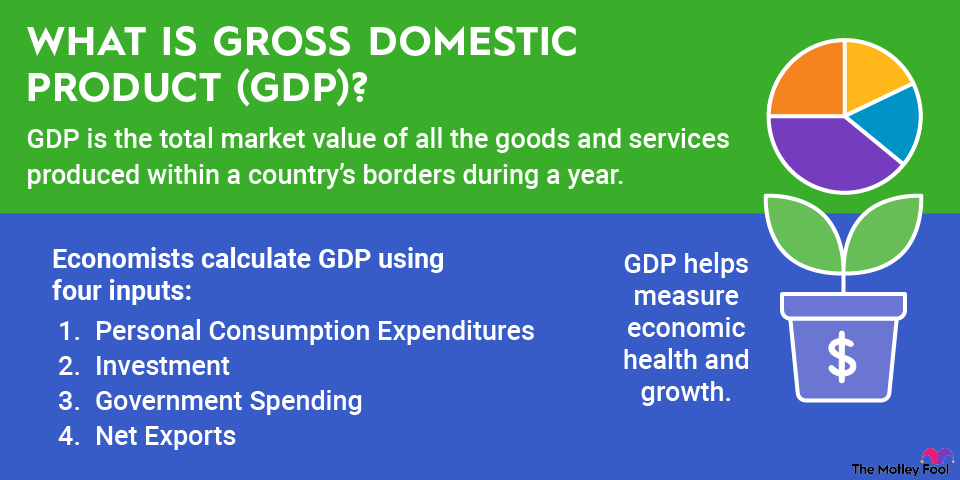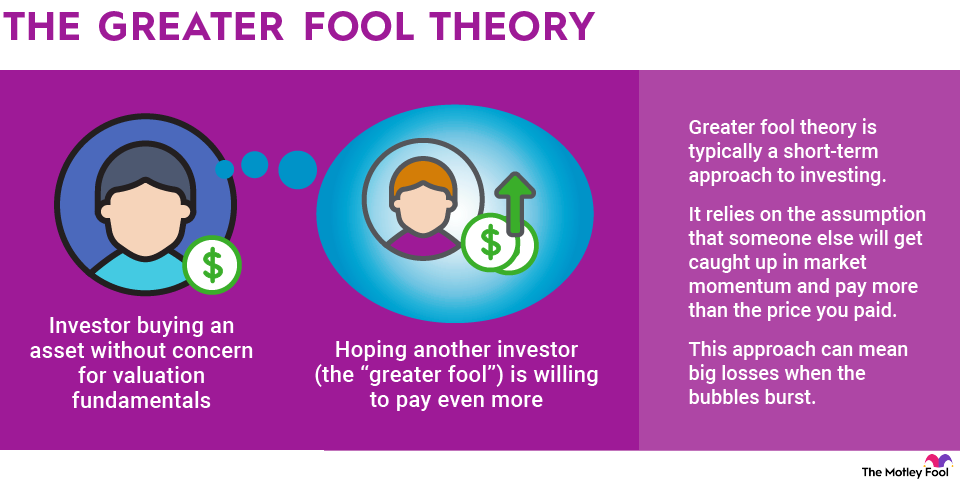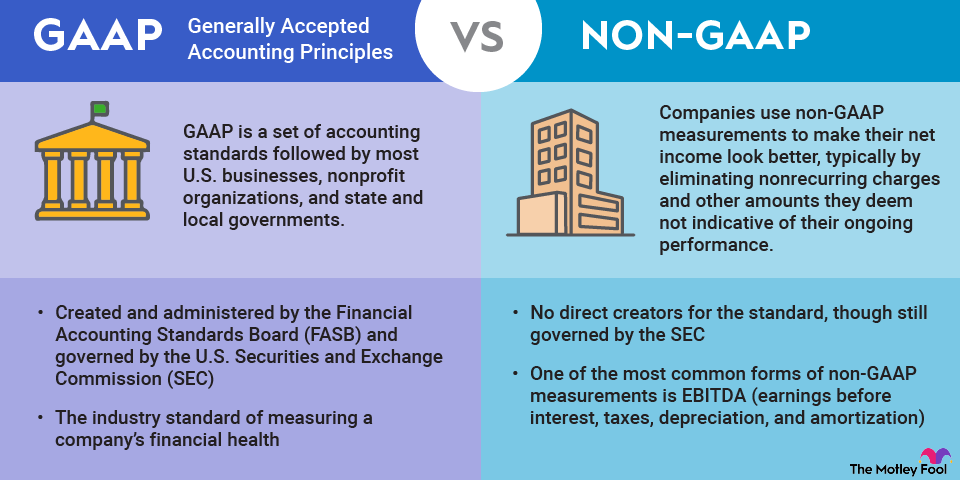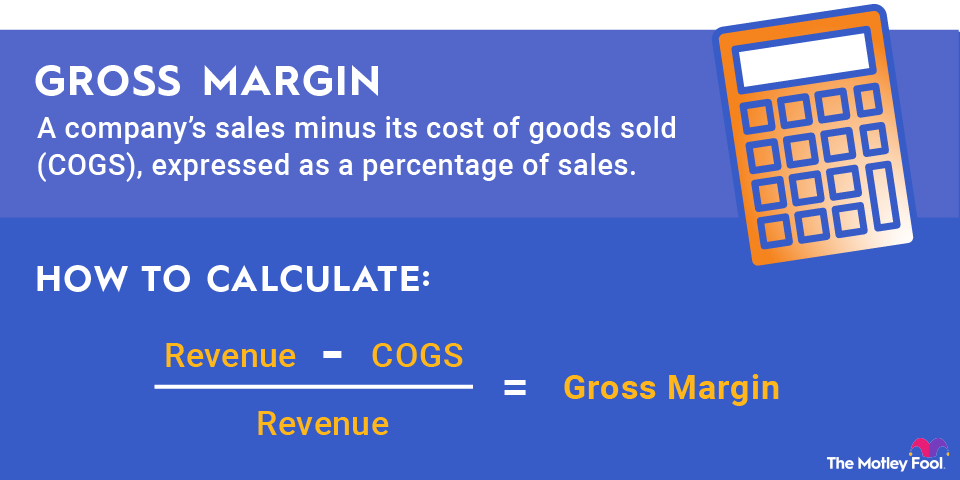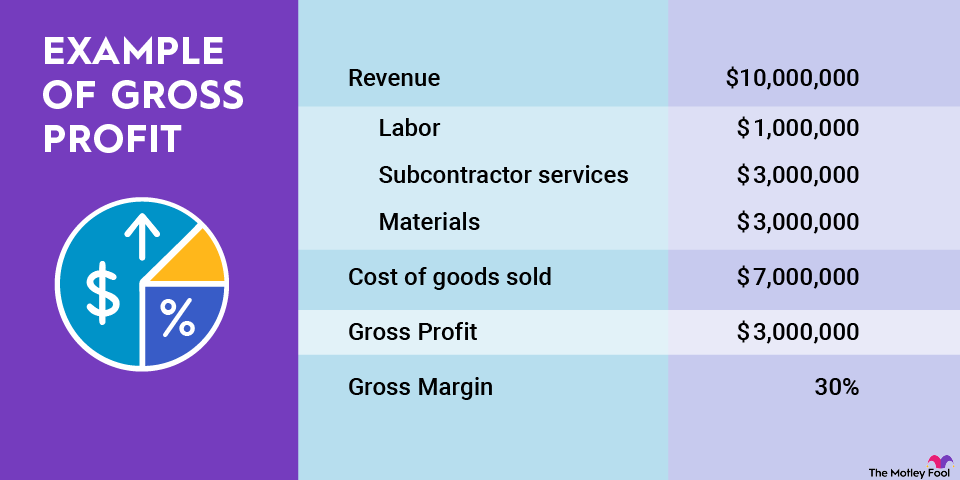Growth stocks represent companies that increase sales and earnings faster than the market. The strong business performance inflates the stock price, creating big capital gains for shareholders.
If beating the market is among your investing goals, growth stocks are on your radar. Read on for a look at growth stocks, how to evaluate them, and how to know whether growth stock investing is right for you.
Understanding growth stocks
Growth stocks pursue aggressive expansion of their sales and earnings. They can do this by creating new markets, launching new products, growing market share, expanding into new territories, and acquiring complementary businesses.

These initiatives require funding, which can come from ongoing operations, equity financing, or debt financing. Profitable growth companies typically tap their excess cash flow first, which explains why most growth stocks don't pay dividends. Companies with a pipeline of compelling initiatives can often generate better shareholder returns by investing in expansion versus paying dividends.
Growth investors accept this strategy on the assumption they'll be rewarded later with outsize capital gains. If the expected growth doesn't materialize, investors will lose confidence, and the stock price will fall.
Growth stocks are often contrasted with value stocks, which usually pay dividends and exhibit slow and steady growth over time.
Characteristics of growth stocks
Growth stocks can be big or small companies. They can operate in any industry, although many are involved in some form of technology. The characteristics these stocks share are more nuanced than size, age, or market segment. They include competitive advantages, an innovation focus, experienced leaders, and a large addressable market.
Competitive advantage
Growth companies can move quickly and efficiently to outperform the competition. Often, that means they're benefitting from one or more advantages they hold over their peers. Those advantages can involve intellectual property, size and scale, or loyal customers.
Note that customer loyalty can arise in different ways. It can come from an attachment to the brand, from costs associated with switching to a competing product, or from what's called the network effect.
The network effect is the increase in the value of a product or service that happens as more people use it. This is easiest to understand in reference to social media platforms, which become more interesting as users invite their friends and add content.
Large addressable market. While Nvidia made its name in gaming chips, its products are used in several industries today. The healthcare, data center, and AI industries are all opportunities for the chipmaker. The company has estimated its total addressable market at $1 trillion.
Nvidia has delivered annualized returns topping 45% for its shareholders over the last 15 years. Analysts expect continued growth from Nvidia stock as the chipmaker leverages its leading position in AI. The company's P/E ratio of 92.48 reflects that optimism.
